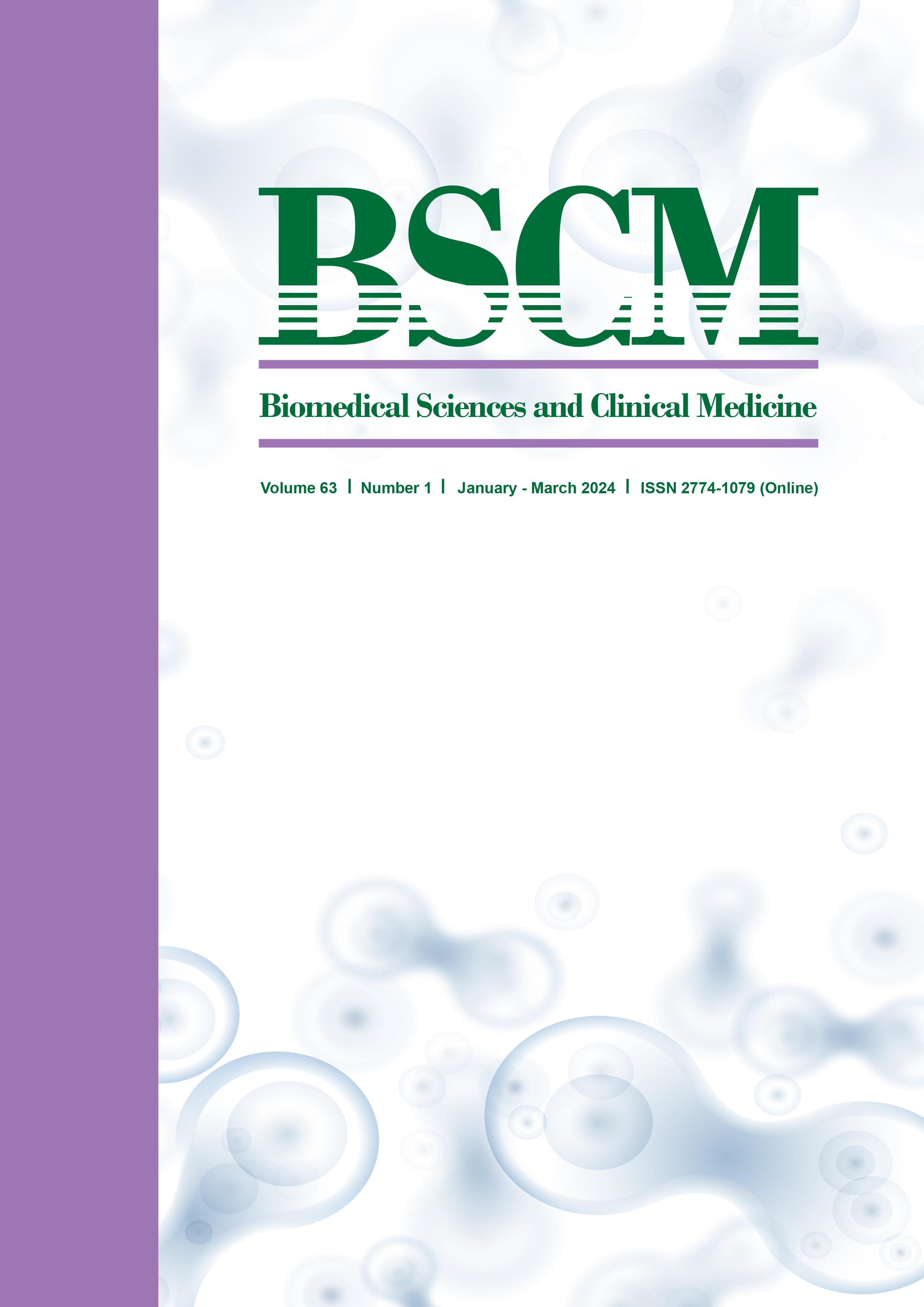Breaches in Infection Prevention and Controls Discovered During an Outbreak Investigation of Two Unlinked Cases of Pseudomonas aeruginosa Bloodstream Infections in a Cardiovascular Thoracic Surgery Unit
Main Article Content
Abstract
Two patients with Pseudomonas aeruginosa bloodstream infections were diagnosed a week apart in a cardiovascular thoracic (CVT) surgery unit where there had been no cases of P. aeruginosa infections in the preceding 6 months. An outbreak investigation was conducted. Medical records were reviewed to identify potential common exposure in both patients. Outbreak investigation procedures included cultures of intravenous infusions and various solutions in the operating theatre and the general CVT surgery unit, the intensive care unit and the intermediate care unit, and monitoring compliance with the central line associated bloodstream infection prevention bundle. Both the blood cultures of the two patients as well as the liquid soap used for hand washing in the unit grew P. aeruginosa. However, there were three clonalities of isolates, the first from patient A, the second from patient B, and the third from the liquid soap. Other intravenous infusions and various solutions, i.e., normal saline solution, lactate ringer solutions, solutions for cardiopulmonary bypass circuits, and skin antisepsis,
did not grow potential pathogens. In conclusion, although these were unlinked cases, investigation of the cases uncovered breaches in
infection control practices and provided an opportunity to improve the infection control strategies in our institution..
Article Details

This work is licensed under a Creative Commons Attribution 4.0 International License.
References
Moradali MF, Ghods S, Rehm BHA. Pseudomonas aeruginosa lifestyle: a paradigm for adaptation, survival, and persistence. Front Cell Infect Microbiol. 2017;7:39. PubMed PMID: 28261568
Farmer JJ, 3rd, Weinstein RA, Zierdt CH, Brokopp CD. Hospital outbreaks caused by Pseudomonas aeruginosa:importance of serogroup O11. J Clin Microbiol. 1982;16:266-70.
Eckmanns T, Oppert M, Martin M, Amorosa R, Zuschneid I, Frei U, et al. An outbreak of hospital-acquired Pseudomonas aeruginosa infection caused by contaminated bottled water in intensive care units. Clin Microbiol Infect. 2008;14:454-8.
Quick J, Cumley N, Wearn CM, Niebel M, Constantinidou C, Thomas CM, et al. Seeking the source of Pseudomonas aeruginosa infections in a recently opened hospital: an observational study using whole-genome sequencing. BMJ Open. 2014;4:e006278. PubMed PMID: 25371418
Blanc DS, Nahimana I, Petignat C, Wenger A, Bille J, Francioli P. Faucets as a reservoir of endemic Pseudomonas aeruginosa colonization/infections in intensive care units. Intensive Care Med. 2004;30:1964-8.
DiazGranados CA, Jones MY, Kongphet-Tran T, White N, Shapiro M, Wang Y F, et al. Outbreak of Pseudomonas aeruginosa infection associated with contamination of a flexible bronchoscope. Infect Control Hosp Epidemiol. 2009;30:550-5.
Reuter S, Sigge A, Wiedeck H, Trautmann M. Analysis of transmission pathways of Pseudomonas aeruginosa between patients and tap water outlets. Crit Care Med. 2002;30:2222-8.
Ciofu O, Tolker-Nielsen T. Tolerance and resistance of Pseudomonas aeruginosa biofilms to antimicrobial agents-how P. aeruginosa can escape antibiotics. Front Microbiol. 2019;10:913. PubMed PMID: 31130925
Pachori P, Gothalwal R, Gandhi P. Emergence of antibiotic resistance Pseudomonas aeruginosa in intensive care unit; a critical review. Genes Dis. 2019;6:109-19.
Reintjes R, Zanuzdana A. Outbreak Investigations. In: Krämer A, Kretzschmar M, Krickeberg K, editors. Modern infectious disease epidemiology. Statistics for biology and health. New York: Springer. 2009. p.159-76.


